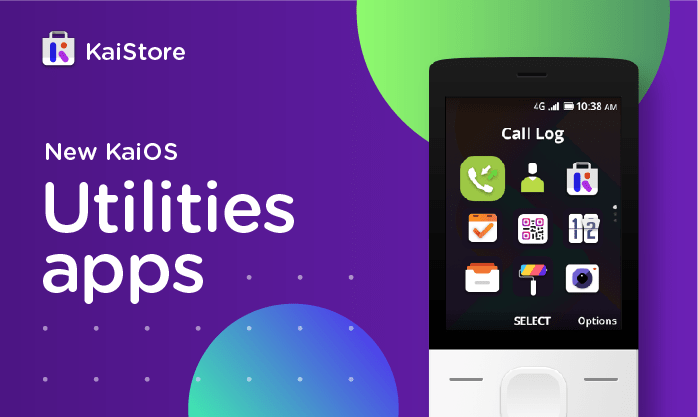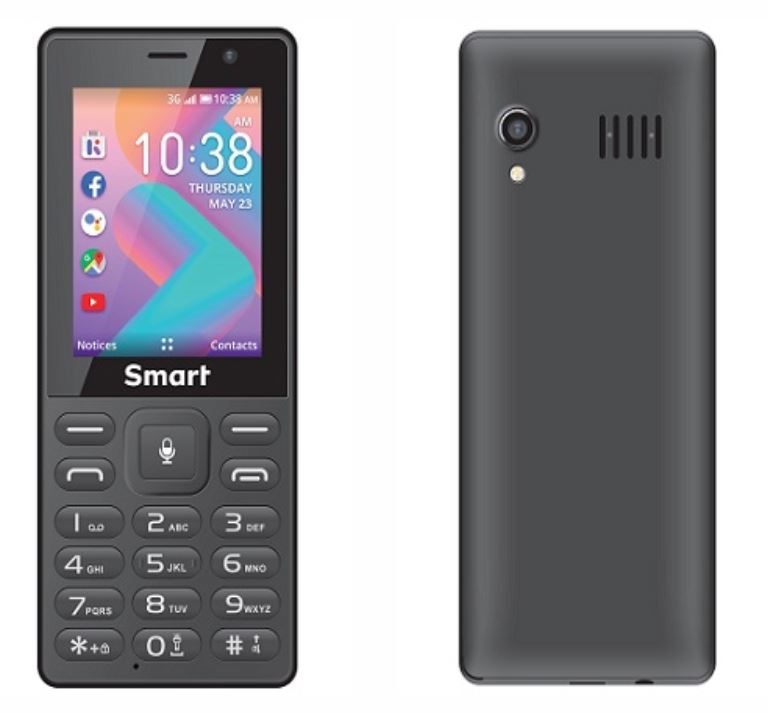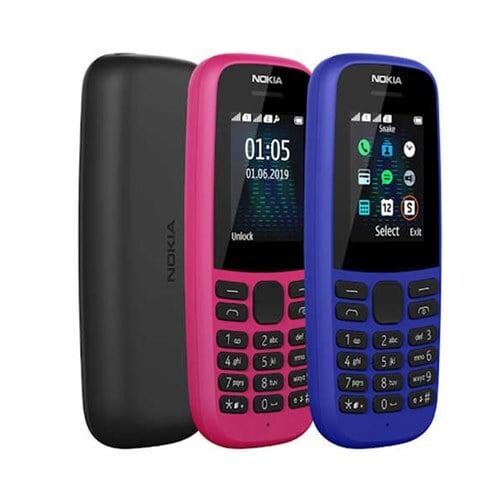Low-cost phones from big names make waves
A phone for the price of a handful of groceries? More and more low-cost yet feature rich handsets could change the world.

From left: Nokia 105, MTN Smart S and Vodacom Vibe 4G. Picture: Supplied
When brands like Nokia, Vodacom and MTN all come to market at the same time with appealing phones that cost under R300 each, something is shifting in the market.
One might say it is business as usual for Nokia, which has always catered for the entry-level market. But the fourth generation of one of its most popular phones yet, the Nokia 105, maintains a powerful legacy many had thought would no longer be relevant.
However, the demand for what it delivers remains as strong as ever.
So compelling is its price point of R250-R300, that it has become the benchmark for other phones targeting the low-income sector, even where the devices offer more features and functions.
The market is gradually being introduced to the concept of a smart feature phone, where a very basic device is given Internet connectivity and access to the most popular apps, but at a price that remains as affordable as the Nokia 105.
In June, MTN launched the Smart S, the first phone available in South Africa to use KaiOS, an operating system made by KaiOS Technologies, that gives access to a range of apps. The developer had also announced partnerships with operators in Algeria, Egypt, Morocco, Kenya and Tanzania.

KaiStore.
The phones come pre-installed with the KaiStore, an app store similar to Google’s Play Store, along with Google Assistant, Facebook, Google Maps, YouTube, and Twitter. The operating system itself requires little memory, and Lite versions of many apps are available.
As reported at the time, it is especially appealing in emerging markets, where the typical prices of smartphones – starting at R600 for most entry-level devices and R1,200 for mid-range handsets – put them out of reach of most of the population. The Smart S retails at R249.
Significantly, MTN bundled the Smart S with 100MB of data per month for the first six months and 1GB of WhatsApp bundles for the first six months, ensuring that the cost of data would not be an obstacle to users.
Vodacom has now taken a similar approach. This month, a new smart feature phone from the country’s largest operator, the Vodacom Vibe 4G, was launched. The very name emphasises its biggest benefit: faster connectivity.
The Smart S is a 3G device, which accounts for the slightly lower price. The Vibe 4G is being sold for R299. It has one further benefit: it is bundled with 150MB of data per month, for 12 months. In other words, the value of the data far exceeds the cost of the phone if one were to buy it in small bundles.
It follows last year’s successful launch of SA’s first smart feature phone, the Vodacom Vibe 3G.

Vodacom Vibe 4G.
It has bumped up the features to a 2.8-inch display, along with familiar feature phone menu navigation, long battery life and a 2MP rear camera. The operating system is proprietary to Vodacom.
“In the past six years, smartphone penetration has doubled from 30% to 60% as customers migrate from 2G devices to 3G and 4G smartphones,” said Davide Tacchino, terminals managing executive at Vodacom, at the launch.
“To further drive this transition and help bridge the digital divide, we have now introduced South Africa’s first 4G feature phone for just R299, having launched the country’s first smart feature phone with a traditional keypad during the course of last year.”
Vodacom says its focus is not only on selling mobile devices, but it is also creating an ecosystem, so that its customers can access educational content through Vodacom’s e-School, as well as entertainment content, through Video Play.
The question then arises: if one can have a phone with apps and free data for the same price as a basic feature phone, what is the point of the latter? And why is Nokia still catering for an entry-level market when the world is migrating to smartphones?
The reality is that Nokia still sees massive benefit in a dual market strategy. On the one hand, it produces affordable smartphones for both entry-level and mid-range markets.

MTN Smart S.
On the other, it still meets the massive demand for low-cost feature phones. It has always been the dominant player in this segment and its basic phones remain in demand in emerging markets. The volumes are massive and the previous editions of the 105 have sold in the tens of millions of units.
When HMD took over the Nokia phone brand, it reinvented the entire smartphone range, but maintained the existing line of feature phones. It was a classic example of don’t fix what isn’t broken.
It also emphasises the fact that Nokia is not competing with the likes of Samsung, Apple and Huawei. In the feature phone segment, it all but owns the market. It has gradually been moving up the value chain and competes effectively with Samsung and Huawei in the mid-range.
However, it is not chasing market share for its own sake, as that requires massive marketing budgets, research and development and extensive distribution networks.
It is building its market share in specific segments and will compete with the key players in each of those segments. It is already doing so effectively.
When the original Nokia 105 was launched at Mobile World Congress in Barcelona, it was a sensation, which is saying a lot for a feature phone. The reason is that, for only €15 (R245) at the time, you had a device with alarm clock, calendar and torch, and it was dust and splashproof, with a standby battery life of 35 days.

Nokia 105.
In other words, ideal for remote and rural areas and perfect for emerging market needs.
The truth is that many low-income users are terrified of an Internet-connected phone, not because they are technophobes, but because they come with hidden costs. Even the most experienced users have found their data being eaten up by background updates.
When your data costs are eating up airtime you need for voice calls, it is a dealbreaker. The 105 represents continual recognition of this market reality.
Nokia has kept building on that value proposition through four generations of the handset. The price has barely moved in South Africa, but the new edition remains as solid and reliable.
It comes pre-loaded with half-a-dozen games, including the iconic Snake, the first mobile game. The difference? This time it’s in colour, along with the rest of the phones on the handset.
Between the Nokia 105, the Vodacom Vibe 4G and the MTN Smart S, the entry-level market now has a range of options that not only meet very specific needs, but also very specific wallet sizes.
It also provides a gentle upgrade path, entry into the world of apps and, ultimately, the foundation for the market of the future.

Picture: iStock
Nokia 105 (2019)
Price: R249
Network: GSM
Display: 1.77” colour display at 120 x 160 pixels
Camera: None
Storage: 4MB for contacts and messages
OS: Nokia Proprietary OS
Battery life: 800mAh, 619h standby, 14h talk time
Additional features: Flashlight, FM radio, games
Vodacom Vibe 4G
Price: R299
Network: 4G, WiFi
Display: 2.8” colour display at 320 x 240 pixels
Camera: 2MP rear with flash
Storage: 512MB internal, Micro SD card expandable
OS: Vodacom Proprietary OS
Battery life: 1600mAh
Additional features: WhatsApp, Facebook, 150MB data x 12 months
MTN Smart S
Price: R249
Network: 3G, WiFi
Display: 2.4” colour display
Camera: 1.2MP rear with flash, 1.2MP front
Storage: 512MB internal, Micro SD card expandable
OS: KaiOS
Battery life: 2000mAh
Additional features: WhatsApp, Facebook, KaiOS App Store, 1GB WhatsApp data and 100MB data x 6 months
Arthur Goldstuck is founder of World Wide Worx and editor-in-chief of Gadget.co.za. Follow him on Twitter and Instagram on @art2gee
For more news your way, download The Citizen’s app for iOS and Android.







